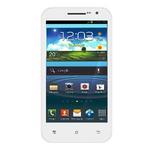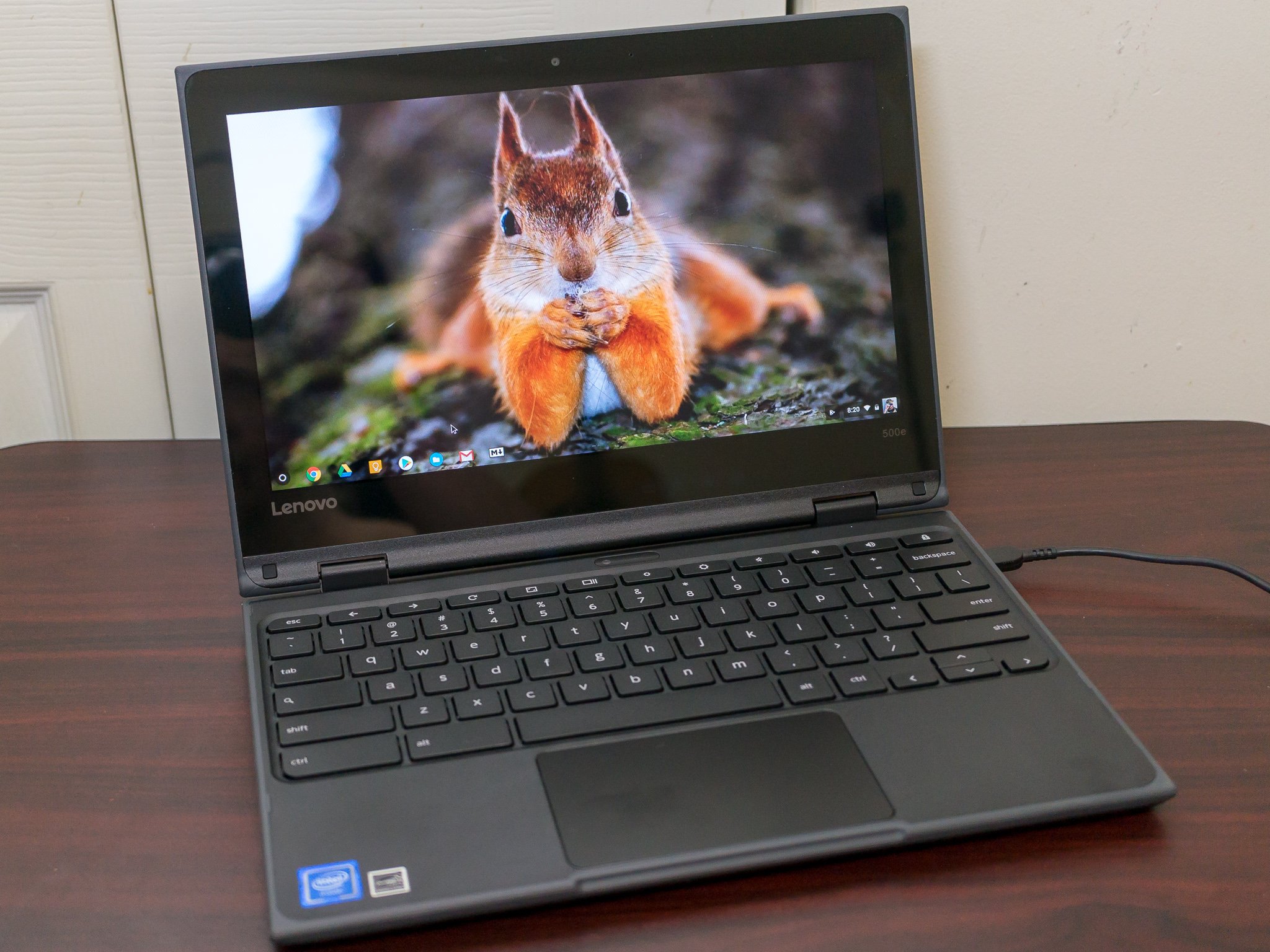Verizon Buyer’s Guide - Android
Verizon Wireless is the largest wireless carrier in the United States, serving approximately 120 million subscribers. You’ve surely seen more than your share of advertising and promotion for the brand, but how much do you truly know about Verizon?
Did you know, for instance, that it also provides prepaid service? It sure does. It also licenses its network to other companies for usage as Mobile Virtual Network Operators.
Here, we’ll help spell out some of the details worth knowing as it pertains to Verizon. Read on for information about the carrier’s rate plans, features, 5G, and phones.
Rate Plans
Gone for the most part are plans with set amounts of data. Verizon now offers a number of “Unlimited” options, each of which includes unlimited talk and text and access to 4G LTE and 5G nationwide network.
 Verizon rate plans for 4-line accounts
Verizon rate plans for 4-line accountsVerizon describes each of its plans in the following way:
- Start Unlimited – Get started with unlimited talk, text and data and never worry about overage charges again.
- Play More Unlimited – Our best plan for streaming, with tons of shows, movies and sports and premium network access—all included.
- Do More Unlimited – When productivity is your top priority, get it all done with premium data and a discount on a connected device plan.
- Get More Unlimited – Experience our ultimate in performance on our best plan with extra features, including more music and entertainment.
- Just Kids – Manage screen time, filter content, track location and get Unlimited data on your kid’s first phone, so you get peace of mind.
Select plans include access to the Ultra Wideband 5G network which is much faster and features ultra-low latency. Verizon also offers extra features on its different plans, including Disney+, Apple Music, and cloud storage. As of today a single line costs at least $70 per month.
Customers with multiple lines can mix and match the various options, giving each user their own specific features. The more lines you have on an account, the cheaper each one is per month.
Prepaid
Verizon offers prepaid options for customers who don’t want to be bothered with long-term commitments or who might have minimal needs. One of the benefits of Verizon Prepaid is that it offers a “Loyalty Discount” for staying with the service. We have a Buyer’s Guide for Verizon Prepaid which sheds light on the carrier.
More Verizon
- Verizon Buyer’s Guide
- Best Android phones at Verizon
- Cheap rate plans that use the Verizon network
- How to unlock your Verizon phone
Device Plans
Verizon offers a few options for customers who need coverage for their smartwatch, tablet, hotspot, or laptop. These device plans start as low as $10 per month for wearables and go as high as $30 per month for laptops, hotspots, and tablets.

Extras
Verizon rate plans are not just about minutes, messages, and data. Indeed, customers can save money on other services just by signing up for Verizon. Here are some of the extras available on plans; features vary by plan.
- Disney+
- Apple Music
- Disney+, Hulu, ESPN+
- Cloud Storage
- Discounts for device plans
- Mobile hotspot (available on most plans)
5G Network
Verizon’s 5G network is steadily making its way across the country, hitting major markets, stadiums, and arenas. Its “5G Ultra Wideband” is an incredibly fast network with lighting quick downloads and uploads and very low latency.
Unfortunately its signal does not travel as far as other carriers and their network. It can also be impacted by buildings and obstacles and often relies on line of sight with a cell. The reason that Verizon’s network differs is because of the mmWave-based technology used.
In the future Verizon will turn to a technology called dynamic spectrum sharing (DSS) that lets it share spectrum between 4G and 5G.
5G Phones
Verizon has a rapidly growing list of phones designed to support its 5G network. Some of the devices are exclusive to Verizon, including the Motorola Edge Plus.
Models which are available through other carriers are sometimes more expensive through Verizon. This is because of the hardware maker having to include support for the mmWave bands. Examples include the LG Velvet and OnePlus 8 which are about $100 more than at other service providers.
Smartphone Selection
Verizon has one of the widest selections of smartphones with models from entry-level devices aimed at first-time users all the way up to flagships. It also has a couple of phones that fold or have unique designs. Examples here include the Motorola Razr and LG Wing.
It’s also possible to bring your own device to Verizon, provided it is a CDMA phone or universally unlocked device.
Check out our guide on which are the best phones at Verizon.
01/04/2021 05:00 AM
Google Play Pass adds more games, still free for subscribers
01/04/2021 09:30 AM
Roku's streaming plans aim to fill the gaps Netflix can't
01/04/2021 04:45 PM
Google Play Pass Now Boasts Over 800 Games + Apps
01/04/2021 01:13 PM
Chromebooks are finally getting a proper video player
01/04/2021 03:21 PM
First G-Shock with Wear OS is rugged smartwatch worth considering
01/04/2021 06:32 PM
Terraria on Stadia Review - Pixel perfect building in a procedural sandbox
01/04/2021 11:30 AM
Square Enix's Outriders has landed on Stadia the same day as consoles and PC
01/04/2021 09:57 PM
Google's 'a' devices are quality low-cost alternatives in a crowded market
01/04/2021 11:00 AM
- Comics
- HEALTH
- Libraries & Demo
- Sports Games
- Racing
- Cards & Casino
- Media & Video
- Photography
- Transportation
- Arcade & Action
- Brain & Puzzle
- Social
- Communication
- Casual
- Personalization
- Tools
- Medical
- Weather
- Shopping
- Health & Fitness
- Productivity
- Books & Reference
- Finance
- Entertainment
- Business
- Sports
- Music & Audio
- News & Magazines
- Education
- Lifestyle
- Travel & Local






